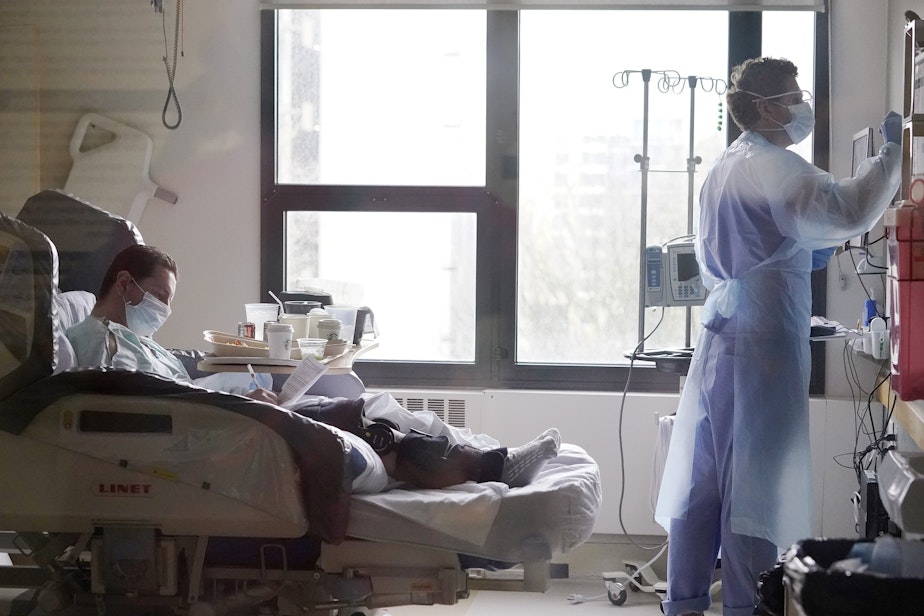Financial losses slow for WA hospitals, but concerns remain

Hit hard by the pandemic, hospitals in Washington state have been sounding the alarm since last year over steep financial losses.
Last year’s operating losses totaled over $2 billion for hospitals across the state, according to the Washington State Hospital Association.
This year, things are looking slightly better.
Losses in the first six months of 2023 slowed, compared to the previous year, according to survey results released by the Association this week.
But concerns remain.
“The losses remain significant, which is challenging, particularly when layered on last year’s losses,” said Association CFO Eric Lewis during a media briefing Wednesday.
Total operating losses were nearly $750 million for the first six months of 2023, according to Lewis.
Sponsored
In the first six months of last year, hospitals across the state had a much higher cumulative net operating loss, more than $1.1 billion.
Despite the better outlook so far this year, hospital leaders say the current trend is unsustainable.
“Over time, they'll result in hospitals reducing high-cost or non-profitable services simply so they can keep the doors open. We've already seen this happen,” said Association CEO Cassie Sauer.
Sauer said obstetric services have already been closed or reduced in several parts of the state, lowering access for pregnant patients.
Some hospitals have also scaled-down bed capacity for other services, she said. Sauer said the cost of labor, rising costs of equipment and supplies, difficult to discharge patients who remain in hospital beds for long periods, and low reimbursement rates from bodies like Medicaid are some of the major driving forces behind the financial strain on hospitals.
Sponsored
This year, state lawmakers passed bills to help alleviate some of the issues hospitals face, but they’re not yet fully implemented.
Some of the things contributing to this year’s slightly better financial outlook include the use of fewer travel staff by hospitals, the absence of a severe Covid-19 surge so far this season, and better returns on investments in the first six months of the year. Travel staff refers to long-distance temporary hires, which were a massive expense for hospitals during the pandemic, when it was difficult to fully staff hospitals to cope with the influx of Covid-19 patients.
According to Lewis, roughly 15% of hospitals surveyed reported positive revenues, as opposed to losses.




